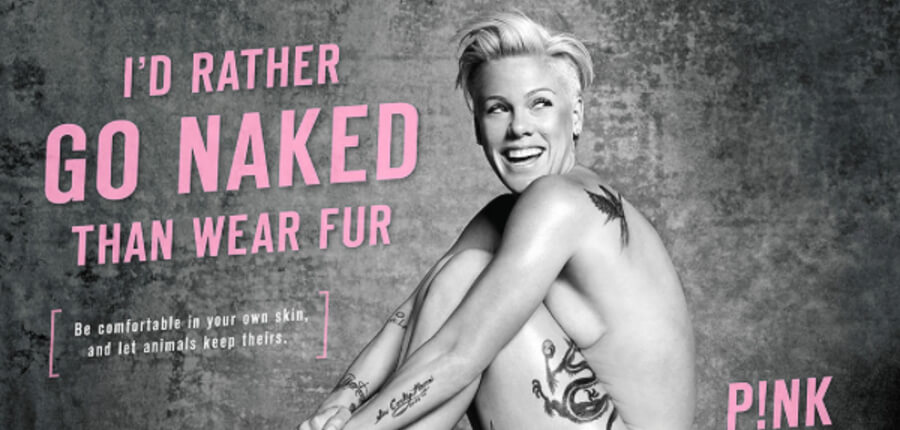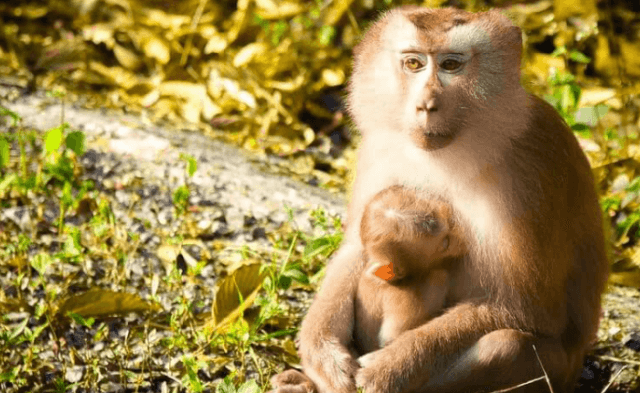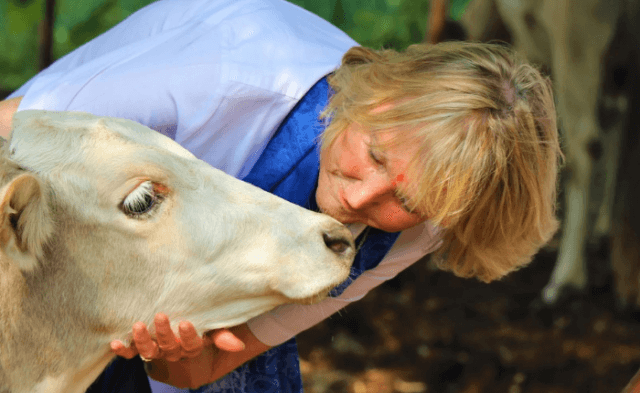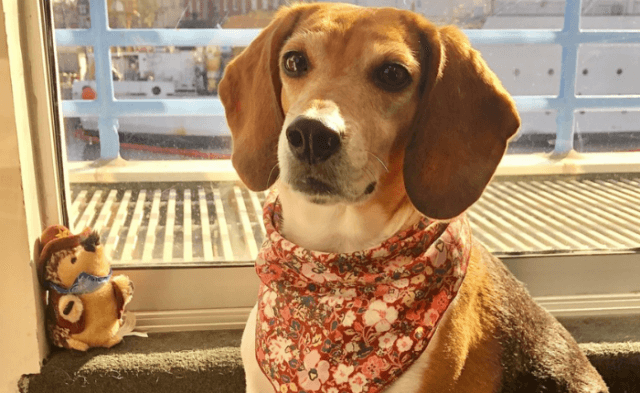Forty years ago, before PETA put animal rights on the map, it was hard to imagine not seeing a fur coat or a bit of trim stolen from a horrifically abused animal in a designer’s collection. Today, nearly every top designer and fashion brand—including Burberry, Chanel, Gucci, Prada, Versace, and Karl Lagerfeld—has shed fur, countries around the world have begun closing down fur farms, and California became the first state to ban fur sales. Fashion weeks in Amsterdam, Helsinki, Melbourne, Oslo, and Stockholm have gone fur-free, and Macy’s and Nordstrom will no longer sell the stuff. (The latter gave exotic skins the heave-ho, too.) Israel is on the cusp of becoming the first country to ban fur, and the U.K. is considering banning sales of fur following Brexit.
So how did we get here? Decades of powerful PETA protests; eye-catching anti-fur campaigns fronted by celebrities like Gillian Anderson, Eva Mendes, P!nk, and Pamela Anderson; and exposé after exposé of the fur industry have ruined fur’s desirability.
Once upon a time, people could claim ignorance—but now, that’s impossible. Today, anyone with internet access has had their sleep disturbed by images of minks and rabbits on fur farms confined for life to cramped wire cages, sometimes with absolutely no protection from the freezing winds of winter or the suffocating heat in summer. You can see them going insane from the extreme stress of confinement—some circling endlessly on the metal slats or even gnawing on their own legs in desperation. They’re killed by painful anal or vaginal electrocution, neck-breaking, drowning, or strangulation—all before their skin is pulled off and treated with polluting chemicals to stop it from rotting on the new wearer’s back or neck.
Fur is treated with a toxic cocktail of harsh chemicals such as formaldehyde and hexavalent chromium—which cause devastating damage to the environment and human health. Compounding the dangers, the novel coronavirus has been found on mink fur farms in Denmark, the Netherlands, Spain, and the U.S. In response, the Dutch Parliament voted overwhelmingly in favor of banning the breeding of minks, and the country’s remaining fur farms will close by early next year.
PETA videos show that in China, the world’s largest fur exporter, cats and dogs are slammed into crates and bludgeoned to death for fur that ends up purposely mislabeled for markets abroad. Animals like raccoon dogs and silver foxes are seen being skinned alive.
In North America, coyotes are caught in bone-crushing steel traps, all for a bit of trim around the hood of a winter jacket. Some animals suffer for days before eventually dying of starvation, thirst, or blood loss—or after looking up into the eyes of the trapper who is walking toward them with a club and no mercy in their heart. Desperate nursing mothers have even been known to chew through their own limbs in an attempt to return to their babies, only to die of gangrene.
And for what? A pom-pom on a hat or a glove lining—frivolous fashions that no one needs or even wants. A recent YouGov poll revealed that the words consumers associate with retailers that still sell fur are “unethical,” “cruel,” and “out of touch.”
It’s not just fur. Everywhere you look, fashion is becoming more ethical, and it’s happening quickly. In response to PETA’s exposés, retailers around the world have ditched angora, cashmere, mohair, exotic skins, and other animal-derived materials, and consumers are embracing environmentally friendly and humane vegan options. Fur, fleece, and skin are not ours for the taking. They belong on the original owner.
Welcome to the future of fashion—it’s vegan.
*****
Please join PETA in calling on Urban Outfitters, Inc., brands—which include Anthropologie, Free People, and Urban Outfitters—to drop alpaca fleece, wool, down, and other animal-derived materials and sell only animal-friendly vegan fashions.
Take Action Now





